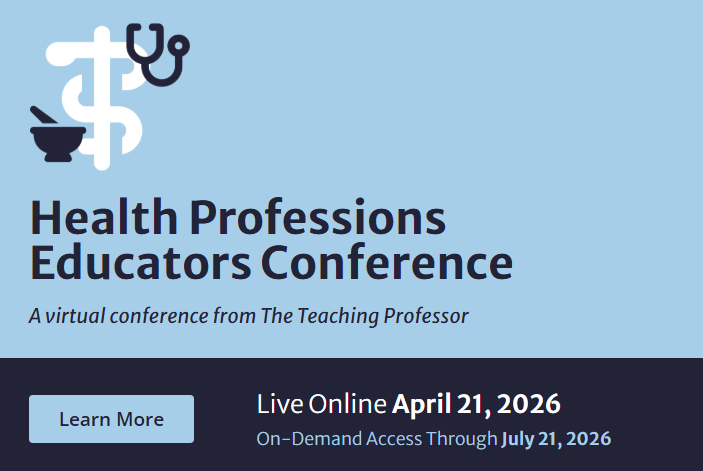Are We Afraid to Let Students Make Mistakes?
We know students are afraid of making mistakes, often dreadfully so. And so we talk a good line about the learning potential inherent in mistakes.
But are we afraid to let students make mistakes? Is it just a problem with students not wanting to be wrong, or does our need to control learning experiences keep students from making mistakes?



